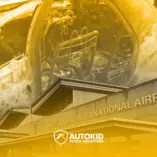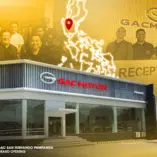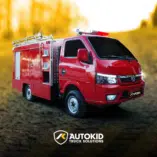Ambulances can be classified based on the type of vehicle and body configuration that they are made of. This classification is developed in the United States but is applicable in the Philippines since the local standard for medical equipment and automotive knowledge is heavily borrowed from that of the former.
Type I Ambulance
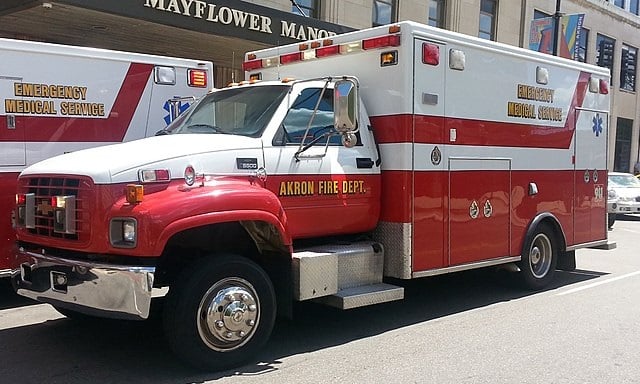
A Type I ambulance
Type I ambulances are vehicles made from small trucks. Bodies of pickup trucks and light-duty trucks are mostly used in Type I ambulances. In this type, the box-shaped patient compartment is mounted onto the chassis of the truck. This type of ambulance usually has extensive equipment meant for critical situations.
Type II Ambulance
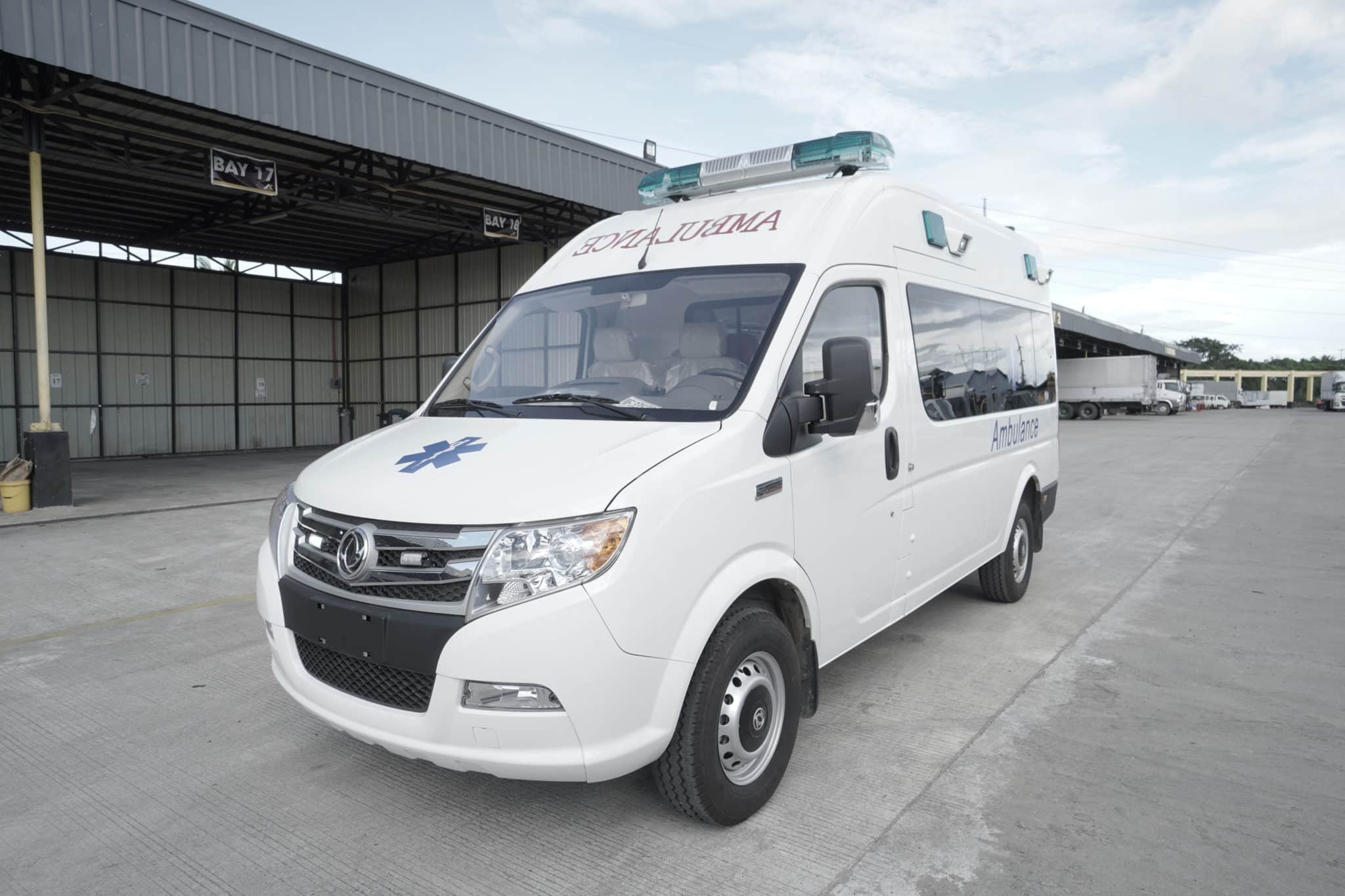
The Dongfeng Ambulance, a Type II ambulance
Type II ambulances are smaller than Type I units as they are usually just meant for the transport of patients, although it is not uncommon to see the former getting employed in critical situations usually handled by the latter.
Type II units are mostly made from heavy-duty van units with little modification except for features that are standard to all types of ambulances such as emergency vehicle lighting, sirens, patient compartment, etc.
Type III Ambulance

A Type III ambulance
Type III units are a little similar to Type I ambulances, only, in the former, the box-shaped patient compartment is mounted on the chassis of a heavy-duty van, instead of a truck. This type is also employed for the same critical situations handled by Type I vehicles.
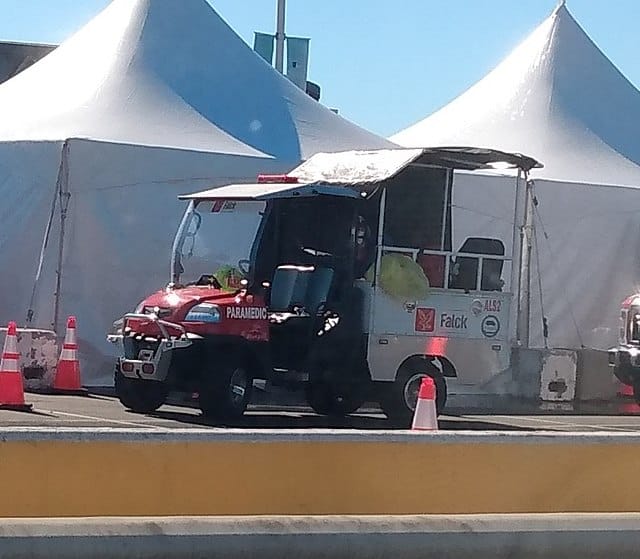
A Type IV ambulance made from golf cart
There is another fourth type of ambulance configuration made from smaller vehicles such as golf carts. Type IV units are usually used in traversing streets or areas where Types I, II, and III vehicles are not allowed to pass such as pedestrian-only areas or places with large crowds. However, this type of ambulance is uncommon in the Philippines.
READ NEXT: Albay town acquires 22 rescue vehicles from Autokid
Autokid Truck Solutions is now offering units of the Dongfeng Ambulance and the Titan with FB Body rescue vehicle configuration, which belongs to the Type II configuration. It is already with emergency vehicle lighting, sirens, patient compartment, automatic stretcher system, and many more! If you want to acquire one for a medical institution, visit any Autokid branch now to get assisted or call us at +639176530000.
Media used and attributions:
1. Type I Ambulance (cropped) by Raymond Wambsgans (https://creativecommons.org/licenses/by-sa/2.0/) via commons.wikimedia.org
2. Type III Ambulance (no changes made) by Boris Dimitrov (https://creativecommons.org/licenses/by-sa/3.0) via commons.wikimedia.org
3. Type IV Ambulance (no changes made) by DestinationFearFan (https://creativecommons.org/licenses/by-sa/4.0/) via commons.wikimedia.org


